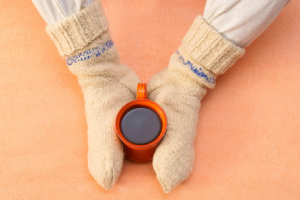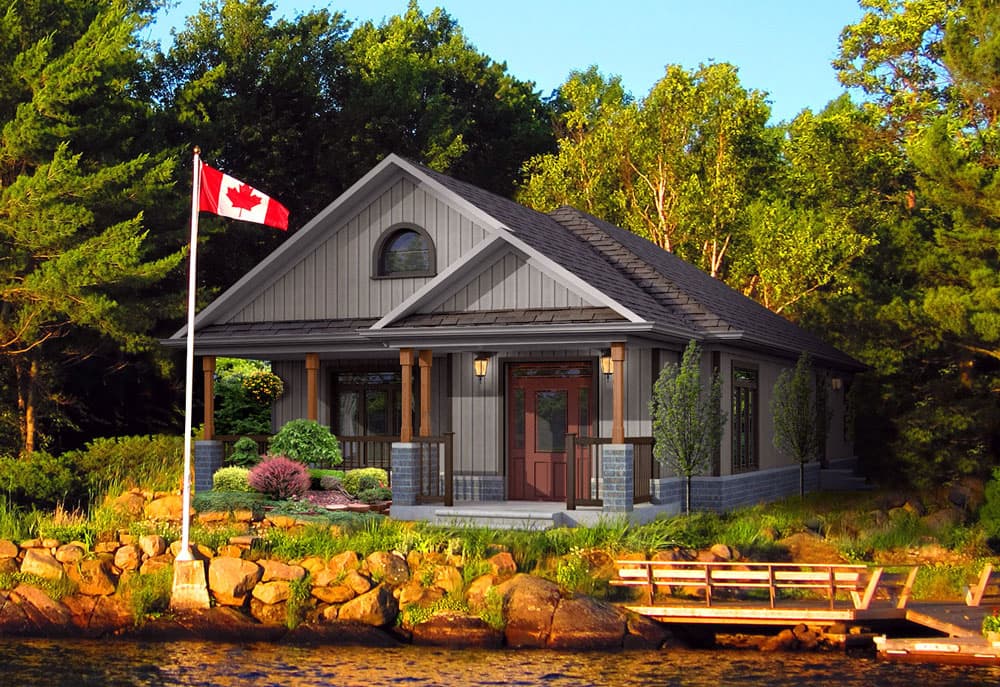The floor of a home is the foundational platform for daily life. While aesthetics and durability are commonly sought-after features, there’s one component that homeowners sometimes overlook: insulation. Proper underfloor insulation can be a game-changer in both energy efficiency and comfort. In this article, we’ll delve into the world of underfloor insulation and explore the best insulation for underfloor spaces, and how insulation affects electric radiant floor systems.

Understanding Underfloor Insulation
Purpose and Benefits of Underfloor Insulation
Before we dive into the different types of underfloor spaces, it’s crucial to understand the importance of insulating these areas.
Why Insulate?
Thermal Efficiency
The primary reason homeowners invest in underfloor insulation is to prevent heat loss. A well-insulated floor acts as a barrier that helps to ensure that the warmth produced by your heating system stays within your living space, rather than escaping into the void beneath. This can result in significant energy savings over time.
Moisture Control
Insulation helps to mitigate the potential for dampness. Moisture can lead to issues like mold growth, wood rot, and a decrease in indoor air quality. Proper insulation reduces this risk.
Increased Comfort
An insulated floor provides a warmer surface to walk on, especially during colder months. This means you can comfortably walk barefoot in your home without feeling the cold from the ground below.
Soundproofing
Some insulation types also have sound-dampening properties to reduce the noise transfer between floors.
Types of Underfloor Spaces
Each type of underfloor space presents unique challenges and considerations for insulation.
Crawlspace
A crawlspace is a shallow area found between the ground and the first floor of a house. It’s typically just tall enough for someone to crawl in, hence the name.
Insulation Considerations
Due to their proximity to the ground, crawlspaces can be damp, so moisture resistance is a top priority. Ventilation is also essential. Commonly, rigid foam or fiberglass insulation is used along the perimeter walls, rather than insulating the floor itself. A vapor barrier might also be necessary to combat moisture.
Basement
Basements are fully excavated spaces beneath a home. They can be finished to serve as living areas or left unfinished, primarily serving as storage or utility spaces.
Insulation Considerations
Insulating basements can be more complex because of their larger size and potential for moisture issues, especially if below the water table. When insulating, it’s essential to consider both the floor and the walls. Spray foam, rigid foam panels, or fiberglass batts are common choices. A moisture barrier is almost always recommended.
Suspended Floor
Suspended floors elevated from the ground, built on pillars, beams, or joists, to create a gap between the ground and the floor.
Insulation Considerations
Suspended floors often have airflow from the sides, which can bring cold air into the home. Insulation must be securely fixed to prevent it from sagging over time. Reflective foil insulation, mineral wool, or fiberglass can be used between the joists to prevent drafts and heat loss.
When insulating these spaces, it’s essential to consider not just the type of insulation, but also its thickness and R-value. While initial installation might be an investment, the long-term benefits of energy savings and comfort are well worth it.
Impact of Insulation on Energy Efficiency and Comfort
The right insulation can make or break the energy efficiency of a home. Good insulation acts as a barrier to prevent cold air from coming in during winter and keep the cool air in during summer. This translates to reduced HVAC usage and, consequently, lower energy bills. Consistent temperatures also mean enhanced comfort for residents.
Types of Underfloor Insulation
Fiberglass Insulation
A popular choice, fiberglass is effective and budget-friendly. It’s made of tiny glass fibers and it can be rolled out in bats or blankets.
Spray Foam Insulation
This type of insulation is sprayed into place to expand and fill gaps. It offers high R-values and creates a solid air barrier.
Mineral Wool Insulation
Made from rock or slag, mineral wool is fire-resistant and offers excellent soundproofing properties.
Reflective Foil Insulation
A thin layer of reflective foil acts to reflect radiant heat, which makes it ideal for warmer climates.
Rigid Foam Insulation
These are boards of foam used in places where space is at a premium, for a high R-value per inch of thickness.
Factors to Consider When Choosing Insulation
Climate and Geographic Location
For warm climates, the U.S. Department of Energy suggests using R-11 (3½”) insulation under floors, while in cold climates, they recommend R-25 (6″ to 8″) insulation. This practical advice helps ensure energy efficiency and optimal comfort in your home.
Moisture and Vapor Barrier Considerations
In areas prone to moisture, it’s crucial to opt for insulation that resists mold and includes a vapor barrier.
Accessible vs. Inaccessible Underfloor Areas
When planning underfloor insulation, one must consider the accessibility of the underfloor areas. The installation process and insulation type can vary significantly depending on whether the area is accessible or not.
Accessible Areas
These are spaces where you can easily access without any demolition or construction, like crawl spaces or basements. For these areas, you might opt for blanket batts and rolls, loose-fill, or sprayed foam insulation. A professional installer can help ensure the right fit and secure installation.
Inaccessible Areas
These are spaces that are hard to reach after construction, like enclosed cavities or gaps between joists of a suspended floor. For these areas, you could consider blown-in or injected foam insulation that can be installed without tearing your house apart, as they only require small holes to blow or inject the insulation material.
Remember, regardless of accessibility, it’s crucial to address any moisture or dampness issues before installing insulation.
R-Value Requirements
The R-value is a measure of insulation’s resistance to heat flow. The higher the R-value, the better the insulation.
Fire Safety and Building Codes
Always ensure that the insulation you choose complies with local fire safety regulations and building codes.
Floor Insulation and Radiant Floor Heating
There are various insulation materials available, and some are specifically tailored for electric radiant floor heating systems. Two of the most effective are ultralight insulation boards and insulated underlay for foil heaters.
Ultralight™ Insulation Boards

Ultralight™ insulation boards, as the name suggests, are lightweight, which makes them easy to handle and install. Despite their light weight, they provide robust insulating properties.
When used alongside Warmup’s radiant floor heating systems, these boards ensure rapid heat-up times by providing a high compressive strength that allows for even heat distribution. Their design reflects the heat upwards to maximize energy efficiency.
They are ideal for tile and stone floors where the thermal mass might otherwise slow down the heating process.
Insulated Underlay for Foil Heater

Insulated underlay insulation from Warmup is a specialized underlay that has been designed to sit beneath foil heating elements. Made from layered materials, it combines the properties of insulation with the convenience of an underlayment.
When paired with the Warmup Foil Heating System, the insulated underlay ensures minimal heat loss and directs the warmth upwards. Its design also provides excellent acoustic insulation and it prevents the foil heater from coming into direct contact with the subfloor, to prolong the heater’s lifespan.
It’s best suited for laminate, engineered wood, and carpeted floors.
Find the Best in Floor Insulation and Radiant Floor Heating with Warmup
At Warmup, we understand the important relationship between radiant floor heating and insulation. It’s crucial to ensure that these two components work together seamlessly for an efficient, cost-effective, and luxuriously warm home. Whether you need ultralight insulation boards for tile floors or insulated underlay for foil heaters under wood and carpets, our tailor-made solutions are designed to enhance the efficiency and lifespan of your radiant floor heating system.
Contact us today to find out more and get a fast quote!



